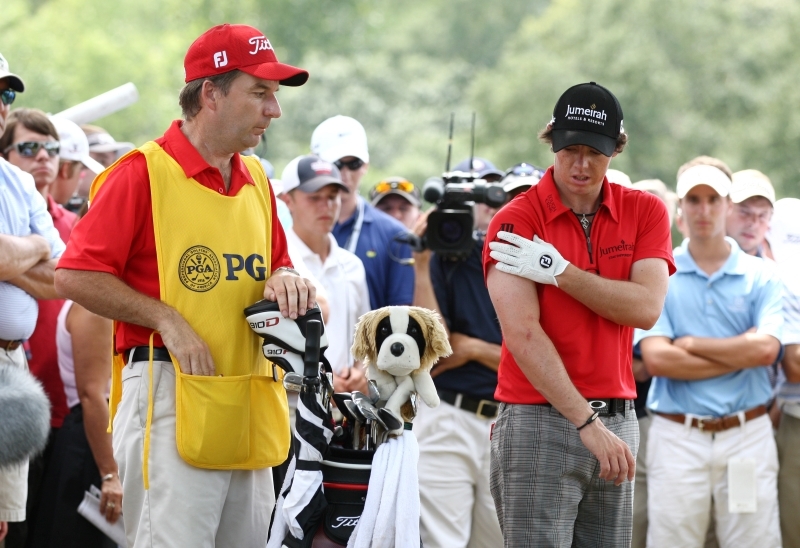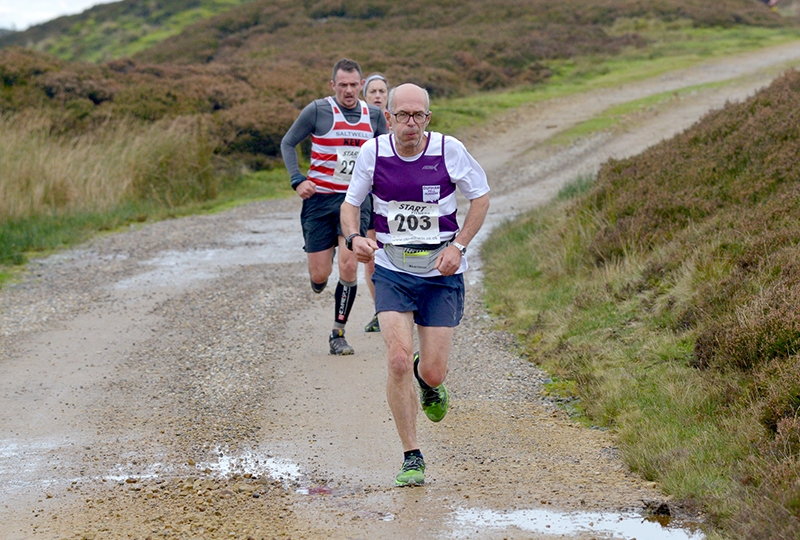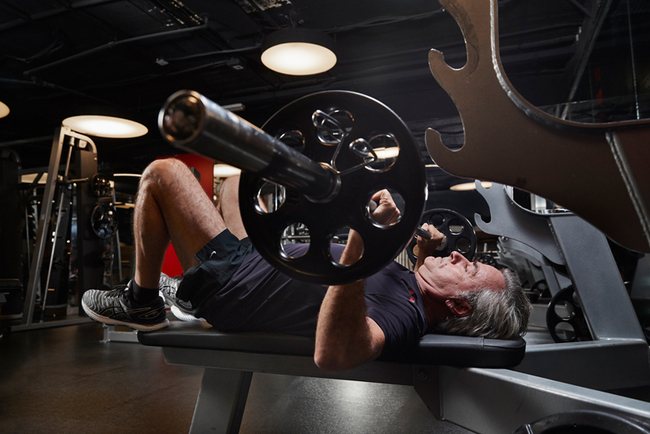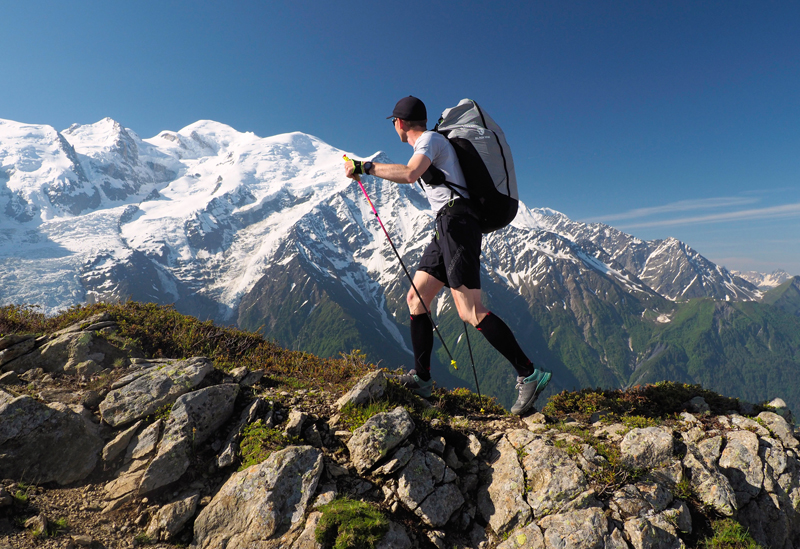You are viewing 1 of your 1 free articles. For unlimited access take a risk-free trial
Older athletes: make time to recover!
New research suggests that older athletes need to take special care when recovering from unusually long or hard events. Andrew Sheaff explains

New research suggests that older athletes need to take special care when recovering from unusually long or hard events. Andrew Sheaff explains
While many athletes slow down and take it easier as they age, others look for newer and bigger challenges, and this is particularly true of endurance athletes. Indeed, some of these athletes wait until later in life to complete more extreme, longer-duration feats, and it’s quite common to see older endurance athletes successfully completing extreme feats of endurance on par with younger competitors. And if one looks to the world records and top performances of older athletes, the results are extremely impressive, indicating the ability to maintain performance well into the later years of life.
Recovery and the older athlete
Just because older athletes can perform at a very high level compared to their younger peers, this doesn’t mean they can recover to the same extent. If you have been training for an extended period of time, you’ve probably noticed that your ability to recover from workout to workout has decreased, even if you’ve maintained or even improved your ability to perform. After a big workout or a big race, it may take more time until you’re feeling ready to train at full capacity compared to when you were younger.
The most obvious signals that you require more rest and recovery come from muscles and your joints. Sore muscles and stiff joints create a very clear signal to take it easy. However, other areas of the body such as the cardiovascular and metabolic systems are also affected by extreme exercise, even if the impact is not as obvious. Considering the role of both systems in chronic disease, it’s critical to understand how these systems are affected by extreme exercise, particularly in older athletes more susceptible to chronic disease. By having a better appreciation for when to push and when to rest, it increases the likelihood that you’ll be able to train and compete in a way that maximizes your health and performance.
New research
Fortunately, as an increasing number of older athletes are participating in high level athletics, research looking into the impact of participation in these athletes is beginning to accumulate. A very recent study compared two groups of men, one with an average age of 30 years and the other with an average of 65 years(1). The younger subjects were performing an average of 9.0 hours per week of training, whereas the older subjects were performing an average of 5.2 hours per week of training. Both groups of men performed an ultra-distance cycling tour, which started in Copenhagen, Denmark and ended in Palermo, Italy. Over the course of 15 days, the participants performed around 3000km of cycling - certainly an extreme amount of exercise performed over a very brief period of time!
Subjects were tested before the tour, 10 days into the tour, and then two days following their arrival in Palermo. They completed a full spectrum of physiological testing including measures of energy intake and expenditure, body composition, cardiovascular performance, as well as various markers of aerobic and anaerobic metabolism. The researchers investigated the impact of the tour itself, as well as the relative differences between the two groups. They wanted to identify what happened to the cyclists during the tour, as well as whether any changes were exaggerated or muted in the older athletes as compared to the younger athletes.
Cardiovascular impacts
When the results were analyzed, markers of cardiovascular performance were significantly impacted in older participants following the conclusion of the tour. There was a significant decrease in VO2max in older participants, and this change was not due differences in body mass, as there was no change in body mass over the course of the tour. Further, there was a significant decrease in hemoglobin content in older athletes, which is indicative of the oxygen-carrying capacity of the blood. These two variables were correlated in that decreases in hemoglobin were related to decreases in VO2max. Lastly, the maximum achievable heart rate was decreased in the older participants by over 10 beats per minute (see figure 1 for a summary of these changes).
Importantly, these measures were impacted differently in younger participants. Not only was there no decrease in VO2max, six of the seven younger participants actually increased their VO2max (although by a small margin). In terms of hemoglobin, there was a smaller drop over the course of the tour, but hemoglobin rebounded back to baseline following two days of recovery. In older participants however, hemoglobin levels continued to drop following recovery. In terms of maximal heart rate, the younger participants experienced a very small increase in heart rate max, similar to the change in VO2 max.
Figure 1: Changes in cardiovascular indexes – younger vs. older athletes

Left: changes in VO2max; Center: changes in hemoglobin; Right: changes in max heart rate. CPH = Copenhagen, PMO = Palermo (end of tour), PMO+2 = following two days recovery after end of tour. Notice how VO2max and max heart rate drop significantly in older athletes but not younger. Not too how hemoglobin drops much more in older athletes and continues to drop during recovery – unlike in younger athletes where it recovers.
Clearly, cardiovascular function was impacted following a long and exhaustive cycling tour. In the older athletes, maximal performance of the cardiovascular system was significantly decreased, and these changes remained following two days of recovery, while any impairment was completely reversed in younger participants. Overall, these findings point to a differential response in central cardiovascular function following extreme exercise in older athletes. Considering the greater prevalence of cardiovascular conditions in this population, caution is warranted following such an event.
Practical advice for older athletes
Even if you can perform at very high level, it might take you longer to recover from that stress as an older athlete compared to a younger one. While some of these effects might be obvious, such as muscle joint stiffness, others may be less obvious and potentially more hazardous. You might not be able to ‘feel’ a compromised cardiovascular system, but the impact can be just as significant. With the danger of cardiovascular events in mind, and the severe consequences that can arise, it makes sense to be more cautious following any particularly strenuous and prolonged training/competition to ensure that the cardiovascular system recovers properly for health and performance.
When the cardiovascular system is compromised following very high loading, it’s prudent to avoid high intensity work or long duration work where the heart is unduly challenged. That means staying away from intense intervals or extended efforts where you’re working for long periods of time. This will help ensure that your heart gets the recovery it needs to perform at its best, all while avoiding situations where you could overstress yourself. You can continue to perform light aerobic work to maintain your fitness - just avoid pushing it. How long should you wait? After a tough session or race, wait until you feel really good again, and then wait a little more. Be conservative and be patient, and you’ll be rewarded with both health and performance.
References
- Acta Physiol (Oxf). 2022 Jul;235(3):e13816. doi: 10.1111/apha.13816. Epub 2022 Apr 18.
Related Files
Newsletter Sign Up
Testimonials
Dr. Alexandra Fandetti-Robin, Back & Body Chiropractic
Elspeth Cowell MSCh DpodM SRCh HCPC reg
William Hunter, Nuffield Health
Newsletter Sign Up
Coaches Testimonials
Dr. Alexandra Fandetti-Robin, Back & Body Chiropractic
Elspeth Cowell MSCh DpodM SRCh HCPC reg
William Hunter, Nuffield Health
Keep up with latest sports science research and apply it to maximize performance
Today you have the chance to join a group of athletes, and sports coaches/trainers who all have something special in common...
They use the latest research to improve performance for themselves and their clients - both athletes and sports teams - with help from global specialists in the fields of sports science, sports medicine and sports psychology.
They do this by reading Sports Performance Bulletin, an easy-to-digest but serious-minded journal dedicated to high performance sports. SPB offers a wealth of information and insight into the latest research, in an easily-accessible and understood format, along with a wealth of practical recommendations.
*includes 3 coaching manuals
Get Inspired
All the latest techniques and approaches
Sports Performance Bulletin helps dedicated endurance athletes improve their performance. Sense-checking the latest sports science research, and sourcing evidence and case studies to support findings, Sports Performance Bulletin turns proven insights into easily digestible practical advice. Supporting athletes, coaches and professionals who wish to ensure their guidance and programmes are kept right up to date and based on credible science.













